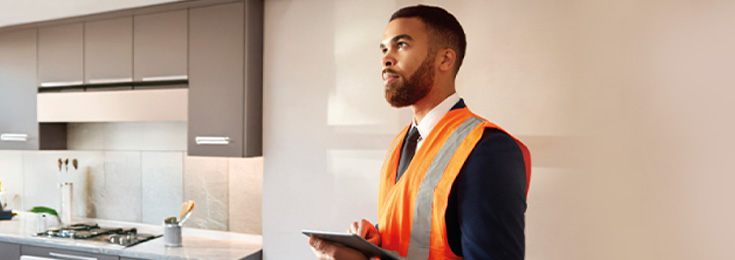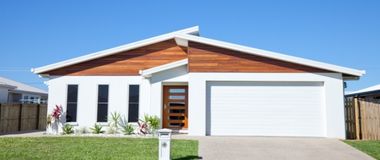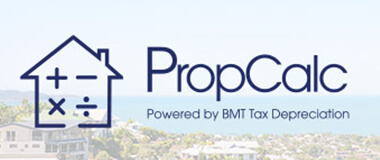Boost cash flow with accurate depreciation classifications
BMT Tax Depreciation recently surveyed property investors and over 80 per cent of the 4,500 respondents were unsure whether certain items in their properties classify as plant and equipment (Division 40) or capital works (Division 43). To help investors unlock their full tax benefits, we've clarified the key differences between these categories and addressed common points of confusion, particularly for items that seem to fit both classifications.

Plant and equipment (Division 40)
Plant and equipment (Division 40) includes assets that are removable or mechanical, such as appliances, curtains and carpets. Mechanical items like ceiling fans, hot water systems, light fittings and solar panels also fall under Division 40.
The Australian Taxation Office (ATO) determines the depreciation rates and effective life of these assets and investors can choose between two methods to calculate depreciation on these assets: the diminishing value method, which provides higher initial deductions or the prime cost method, which offers consistent deductions over time.
For residential properties purchased after 9 May 2017, it's important to note that second-hand plant and equipment assets are no longer eligible for depreciation.
Capital works (Division 43)
Capital works (Division 43) covers structural and fixed assets like walls, floors, roofs, driveways and fences. Renovations such as adding new rooms, patios or garages are part of Division 43.
Deductions for these assets occur at a fixed rate of either 2.5 per cent per year over 40 years or 4 per cent per year over 25 years, depending on when the construction or renovation work was completed.
Some items include components that fall under both categories.
A ducted air conditioner is an example of an item with split parts that qualify under separate divisions. The unit itself qualifies as Division 40 (removable), but its ducting qualifies as Division 43 (structural).
The type of flooring in a property determines the classification. Carpets and removable floating timber floors qualify as Division 40, while tiled floors and fixed timber flooring falls under Division 43.
Kitchen fixtures can also be classified under both divisions. Ovens, rangehoods and cooktops qualify as Division 40, while cabinetry and benchtops qualify as Division 43 because they are fixed to the building structure.
Accurately categorising items in a property is essential for maximising tax deductions and ensuring ATO compliance. Engaging a tax depreciation specialist like BMT Tax Depreciation ensures that all eligible items are identified and correctly classified under Division 40 and Division 43, optimising deductions and boosting cash flow.
For further information on how to maximise the depreciation deductions on your investment property, contact BMT Tax Depreciation on 1300 728 726 or Request a Quote today.



























